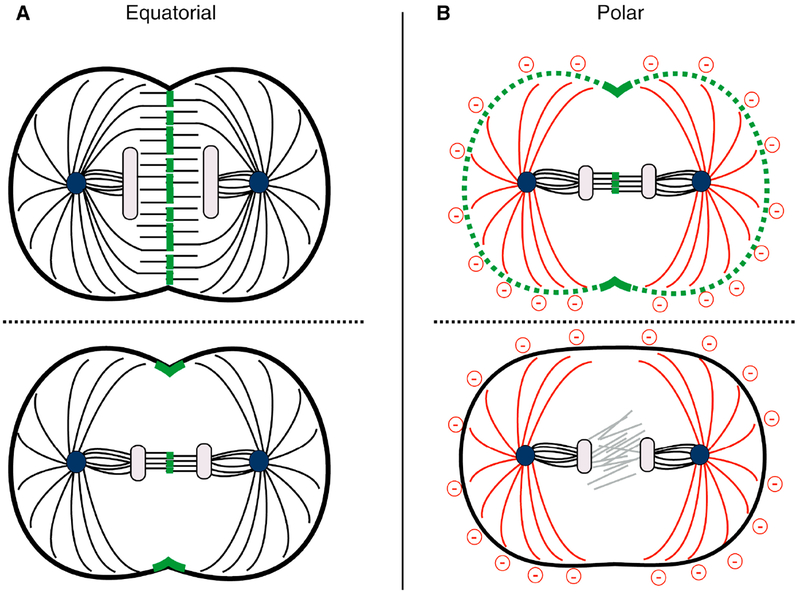Figure 4. Spatial control of RhoA activity by the mitotic spindle.
Furrow induction involves centralspindlin-dependent RhoA activation at the equatorial plasma membrane and astral inhibition at the poles (red). Centralspindlin (green) also strongly accumulates at midzone microtubules, but this location can be too distant from the membrane to directly induce RhoA activation. A. In small cells, in which the spindle extends towards the membrane (top), centralspindlin can concentrate near the plasma membrane; in such cells the Cyk4 C1 domain is not required to generate a furrow. In cell types where the central spindle is far away from the plasma membrane (bottom), the membrane-binding C1 domain of Cyk4 is critical in localizing centralspindlin and thereby activating RhoA at the equator to generate a furrow. Equatorial accumulation of membrane-bound centralspindlin is likely induced by a combination of spindle midzone accumulation, local CPC activity, and directed microtubule-based transport.
B. Astral microtubules negatively regulate RhoA activity at the poles. In cells where the centralspindlin complex is globally activated (in the absence of 14–3-3 proteins), asters can still restrict furrow formation to the equatorial region (top). In the absence of RhoA activators (such as a cyk-4;nop-1 double mutant C. elegans embryo), cytokinetic furrows do not form (bottom).

